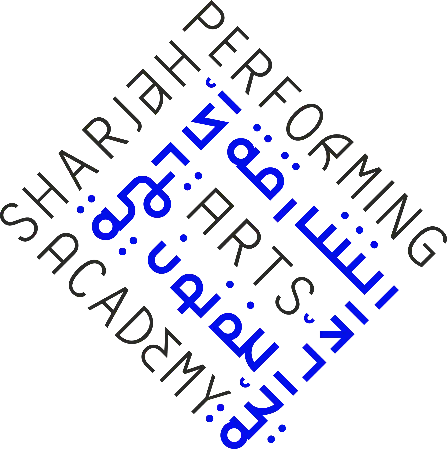Designing with light : the art, science, and practice of architectural lighting design / Jason Livingston, IALD, IES, LC.
Material type: TextPublisher: Hoboken, New Jersey : John Wiley & Sons, Inc., [2022]Edition: Second editionDescription: xix, 412 pages : illustrations (some color) ; 24 cmContent type:
TextPublisher: Hoboken, New Jersey : John Wiley & Sons, Inc., [2022]Edition: Second editionDescription: xix, 412 pages : illustrations (some color) ; 24 cmContent type: - text
- unmediated
- volume
- 1119807786
- 9781119807780
- 721/.04496 23
- NK2115.5.L5 L58 2022
| Item type | Current library | Call number | Status | Barcode | |
|---|---|---|---|---|---|
 Books
Books
|
SPAA Library General Collection | NK2115.5.L5 L58 2022 (Browse shelf(Opens below)) | Available | 0007903 |
Browsing SPAA Library shelves, Shelving location: General Collection Close shelf browser (Hides shelf browser)


|


|


|


|


|


|


|
||
| NK2113 B65 2017 The new Bohemians handbook : come home to good vibes / | NK2115 L495 2021 Made for Living : Eclectic Interiors for All Sorts of Styles / | NK2115.5.L5 L36 2016 Landscape lighting / | NK2115.5.L5 L58 2022 Designing with light : the art, science, and practice of architectural lighting design / | NK2175 .M37 1991 Professional painted finishes / | NK2230 .I54 2017 Ingenious : product design that works / | NK2260 .L364 2020 Great book of shop drawings for craftsman furniture, revised & expanded second edition authentic and fully detailed plans for 61 classic pieces / |
P.B
P.B
Includes bibliographical references and index.
"In this, the second edition, I think there's still more to be said and more to be learned. The field of lighting design is at an inflexion point and, while it may last a while, I think on the other side of it we'll all need to be able to understand and solve a new set of challenges. We're no longer focused on task illuminance as a key goal, for example. Task illuminance is so well understood, and so easy to achieve that it's become a secondary or tertiary concern. We've also moved past energy conservation. Yes, our designs need to meet energy conservation codes, and many of us are looking at net zero goals, but meeting energy conservation requirements is no longer the challenge it was when we were using incandescent and fluorescent light sources in our designs. Aesthetics will continue to be a large part of what we do, but advances in LEDs will change some of how we do it. From my perspective, the lighting design challenges students' need to be prepared for include a fuller and more nuanced understanding of color rendering, the broadening use of colored LEDs and the associated need to understand color science, the impact of light on health and wellness, which includes circadian entrainment but is starting to go beyond that and encompass other areas as well, and UV-C disinfection. All of these topics require science to inform them, understanding of science to apply them, and evidence-based guides to ensure that they are being implemented effectively and safely. The world is asking more of lighting designers (without a commensurate increase in fees, unfortunately), and I see more and more designers layering these subjects on top of the traditional foundation of illuminance, aesthetics, and energy efficiency"-- Provided by publisher.
There are no comments on this title.

